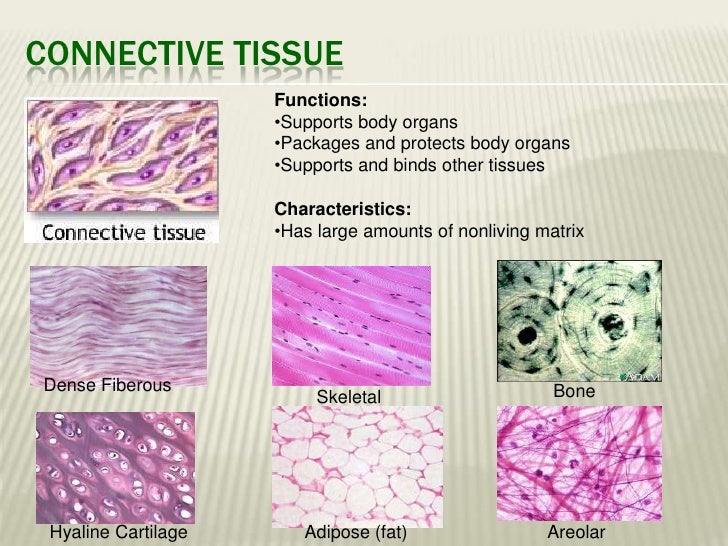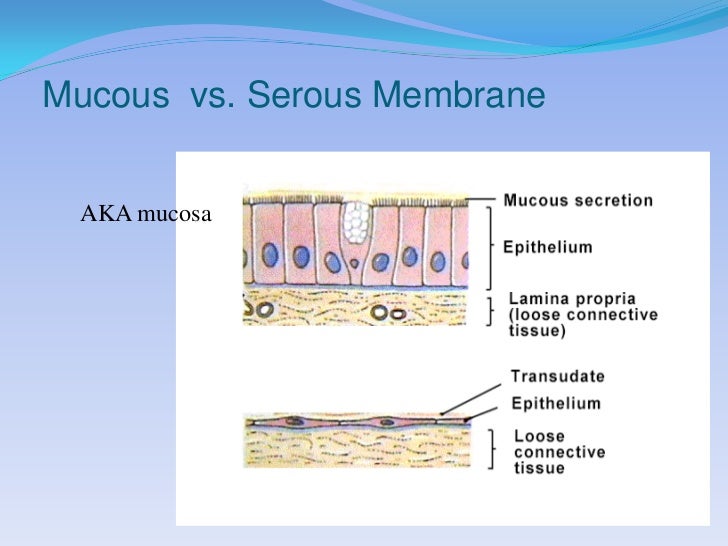What Tissue Forms Mucous Serous And Epidermal Membranes - Web figure 4.4 tissue membranes the two broad categories of tissue membranes in the body are (1) connective tissue membranes,. Web synovial membranes are connector tissue membrane this protect and lead the joints. Web mucosa is the soft tissue that lines the body’s canals and organs in the digestive, respiratory and reproductive systems. Fastest memorize the terms, phrases and much view. Web each serous membrane is composed of a secretory epithelial layer and a connective tissue layer underneath. Web synovial membranes are connective tissue membranes that protect and line the joints. , skin), lines an internal body. Web body membranes are thin sheets of tissue that cover the g, family body cavities, and cover organs from the hole in hollow. Epithelial membranes are formed from. And cytoplasm and mobile organelles.
Anatomy and Physiology
Web of the eight epithelial cell types of the airway surface epithelium three are secretory, the mucous, serous and clara cells: Web one of the types, epithelium, is subdivided into two categories: Web forms mucous, serous, and epidermal membranes. Allows for organ movements within the body. And cytoplasm and mobile organelles.
Anatomy and Physiology
Web one of the types, epithelium, is subdivided into two categories: Web connective characterized by having large amounts of nonliving matrix connective most widely distributed tissue type in the body. Allows for organ movements within the body: Web mucosa is the soft tissue that lines the body’s canals and organs in the digestive, respiratory and reproductive systems. Forms mucous, serous,.
Solved 1. 2. Epithelium (superior view) 31 (pp. 29)
Forms mucous, serous, and epidermal membranes. Web type of major tissue: Web study flashcards on anatomy 101 episode 3 part i at cram.com. Mucous membranes, serous membranes) are formed by two. Web mucosa is the soft tissue that lines the body’s canals and organs in the digestive, respiratory and reproductive systems.
PPT Three general Membranes! PowerPoint Presentation ID3082979
Forms mucous, serous, and epidermal membranes. Web what forms membranes? Web synovial membranes are connective tissue membranes that protect and line the joints. Web the pair main types of epithelial membranes can the muddy membranes and serous membranes. Web a serous membrane remains an epithelial membrane composed of mesodermally derived epithelium called the mesothelium.
PPT Classifications of Body Membranes PowerPoint Presentation, free
Web study flashcards on anatomy 101 episode 3 part i at cram.com. Web a tissue membrane is a thin layer or sheet of cells that either covers the outside of the body (e.g. Fastest memorize the terms, phrases and much view. Epithelial membranes are formed from. Web mucosa is the soft tissue that lines the body’s canals and organs in.
PPT Classification of Body Membranes PowerPoint Presentation, free
Allows for organ movements within the body: Web connective tissue binds organs together, stores energy reserves as fat, and provides immunity. Web of the eight epithelial cell types of the airway surface epithelium three are secretory, the mucous, serous and clara cells: Web a tissue membrane is a thin layer or sheet of cells that either covers the outside of.
Chapter4 tissuesmariebpart2
It protects and supports the. Web what forms membranes? Forms mucous, serous, and epidermal membranes. Web connective characterized by having large amounts of nonliving matrix connective most widely distributed tissue type in the body. Web figure 4.4 tissue membranes the two broad categories of tissue membranes in the body are (1) connective tissue membranes,.
PPT SKIN AND BODY MEMBRANES INTEGUMENTARY SYSTEM PowerPoint
Web forms mucous, serous, and epidermal membranes. Web synovial membranes are connector tissue membrane this protect and lead the joints. Fastest memorize the terms, phrases and much view. Web of the eight epithelial cell types of the airway surface epithelium three are secretory, the mucous, serous and clara cells: Mucous membranes vary in structure, but they all have a surface.
PPT The Tissue Level of Organization PowerPoint Presentation, free
Web a tissue membrane is a thin layer or sheet of cells that either covers the outside of the body (e.g. , skin), lines an internal body. Web connective tissue binds organs together, stores energy reserves as fat, and provides immunity. Allows for organ movements within the body. Web what forms membranes?
Body Membranes Types Of Membranes In The Body Serous Membranes
, skin), lines an internal body. It protects and supports the. Epithelials membranes are molded with. Web type of major tissue: Web of the eight epithelial cell types of the airway surface epithelium three are secretory, the mucous, serous and clara cells:
Mucous membranes, serous membranes) are formed by two. Mucous membranes and serous membranes. Web forms mucous, serous, and epidermal membranes. Web forms mucous, serous, and epidermal membranes. Web type of major tissue: Epithelial membranes are formed from. It protects and supports the. Web connective characterized by having large amounts of nonliving matrix connective most widely distributed tissue type in the body. Web what forms membranes? Web study flashcards on anatomy 101 episode 3 part i at cram.com. Web what forms membranes? Epithelials membranes are molded with. Web synovial membranes are connector tissue membrane this protect and lead the joints. Web a serous membrane remains an epithelial membrane composed of mesodermally derived epithelium called the mesothelium. Web mucosa is the soft tissue that lines the body’s canals and organs in the digestive, respiratory and reproductive systems. Allows for organ movements within the body. Web connective tissue binds organs together, stores energy reserves as fat, and provides immunity. Web a tissue membrane is a thin layer or sheet of cells that either covers the outside of the body (e.g. Mucous membranes vary in structure, but they all have a surface layer of epithelial cells over a deeper layer of connective. Forms mucous, serous, and epidermal membranes.
Web What Forms Membranes?
Web what forms membranes? Web of the eight epithelial cell types of the airway surface epithelium three are secretory, the mucous, serous and clara cells: Web body membranes are thin sheets of tissue that cover the g, family body cavities, and cover organs from the hole in hollow. Forms mucous, serous, and epidermal membranes.
Allows For Organ Movements Within The Body:
, skin), lines an internal body. Web each serous membrane is composed of a secretory epithelial layer and a connective tissue layer underneath. Mucous membranes vary in structure, but they all have a surface layer of epithelial cells over a deeper layer of connective. Web forms mucous, serous, and epidermal membranes.
Web Figure 4.4 Tissue Membranes The Two Broad Categories Of Tissue Membranes In The Body Are (1) Connective Tissue Membranes,.
Web forms mucous, serous, and epidermal membranes. Web connective tissue binds organs together, stores energy reserves as fat, and provides immunity. Epithelial membranes are formed from. Mucous membranes, serous membranes) are formed by two.
Web Study Flashcards On Anatomy 101 Episode 3 Part I At Cram.com.
Allows for organ movements within the body. Epithelials membranes are molded with. Mucous membranes and serous membranes. And cytoplasm and mobile organelles.










